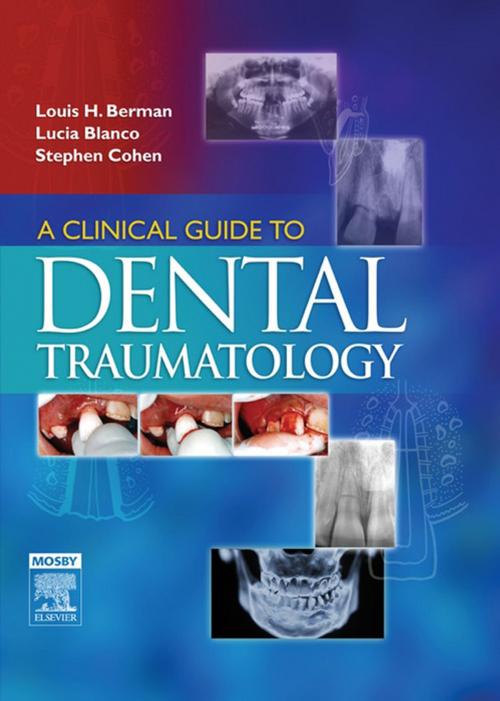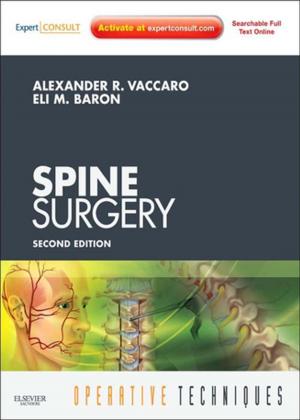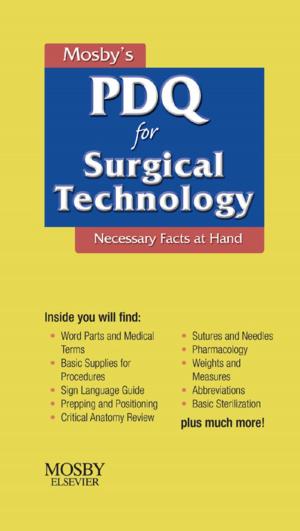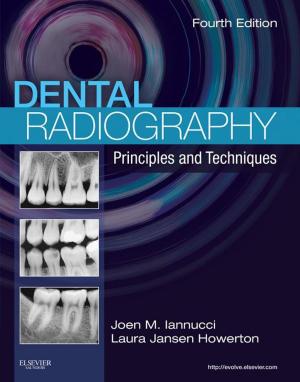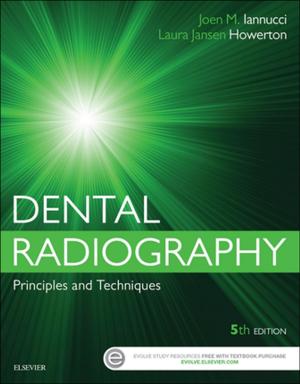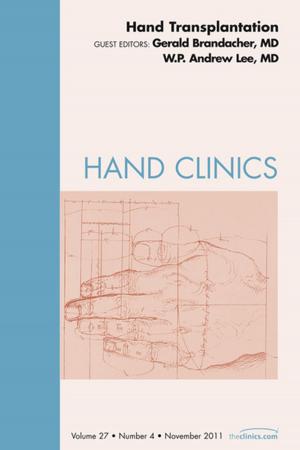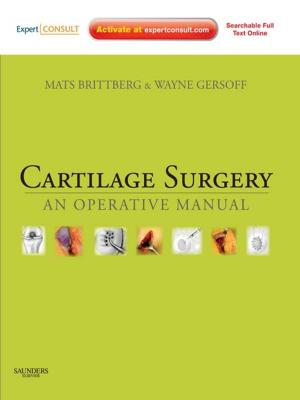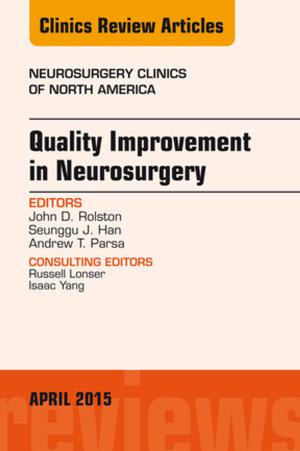A Clinical Guide to Dental Traumatology - E-Book
Nonfiction, Health & Well Being, Medical, Dentistry, Oral Surgery| Author: | Louis H. Berman, DDS, FACD, Lucia Blanco, Endodontist, DDS, Stephen Cohen, MA, DDS, FICD, FACD | ISBN: | 9780323087643 |
| Publisher: | Elsevier Health Sciences | Publication: | October 2, 2006 |
| Imprint: | Mosby | Language: | English |
| Author: | Louis H. Berman, DDS, FACD, Lucia Blanco, Endodontist, DDS, Stephen Cohen, MA, DDS, FICD, FACD |
| ISBN: | 9780323087643 |
| Publisher: | Elsevier Health Sciences |
| Publication: | October 2, 2006 |
| Imprint: | Mosby |
| Language: | English |
This practical, highly illustrated book describes the treatment and management of commonly encountered traumatic injuries to the teeth. It relates these types of trauma to crown fractures, root fractures, luxation injuries, and exarticulations. A step-by-step reference, this book also discusses complications that may involve surrounding soft and hard tissues, plus those that may arise in managing medically compromised patients.
-
Hundreds of full-color photographs and illustrations show concepts and depict case studies and treatment outcomes.
-
Step-by-step descriptions of treatment plans offer "recipes" for treating patients according to type of injury.
-
For each type of traumatic injury, you'll learn these key steps:
-
How to perform a correct initial assessment of the problem.
How to determine whether the patient suffers any related problems.
How to record the injury and its subsequent treatment in the patient record.
How to avoid future problems by ensuring that the entire tooth is treated — including any hidden injury to the pulp or dentin.
-
Information on etiology and epidemiology of problems promotes more effective treatment of specific injuries and conditions.
-
The Law and Dental Trauma chapter explains legal issues unique to treating dental injuries under emergency conditions.
-
Psychological Impact of Injuries chapter describes the reactions that trauma patients may have, and how dentists can improve treatment by providing the patient with emotional support and holistic management.
-
Chapters on hard tissue injuries focus on injuries to tooth/hard tissue anatomy — and one chapter examines soft tissue management — discussing types of trauma and their effects on surrounding oral tissues.
-
Introductory chapter provides an overview of topics discussed in the book.
-
Hundreds of references are listed alphabetically at the end of each chapter with research studies and current articles for further research.
-
An interdisciplinary approach includes periodontal, endodontic, and pediatric considerations for specific types of injuries.
This practical, highly illustrated book describes the treatment and management of commonly encountered traumatic injuries to the teeth. It relates these types of trauma to crown fractures, root fractures, luxation injuries, and exarticulations. A step-by-step reference, this book also discusses complications that may involve surrounding soft and hard tissues, plus those that may arise in managing medically compromised patients.
-
Hundreds of full-color photographs and illustrations show concepts and depict case studies and treatment outcomes.
-
Step-by-step descriptions of treatment plans offer "recipes" for treating patients according to type of injury.
-
For each type of traumatic injury, you'll learn these key steps:
-
How to perform a correct initial assessment of the problem.
How to determine whether the patient suffers any related problems.
How to record the injury and its subsequent treatment in the patient record.
How to avoid future problems by ensuring that the entire tooth is treated — including any hidden injury to the pulp or dentin.
-
Information on etiology and epidemiology of problems promotes more effective treatment of specific injuries and conditions.
-
The Law and Dental Trauma chapter explains legal issues unique to treating dental injuries under emergency conditions.
-
Psychological Impact of Injuries chapter describes the reactions that trauma patients may have, and how dentists can improve treatment by providing the patient with emotional support and holistic management.
-
Chapters on hard tissue injuries focus on injuries to tooth/hard tissue anatomy — and one chapter examines soft tissue management — discussing types of trauma and their effects on surrounding oral tissues.
-
Introductory chapter provides an overview of topics discussed in the book.
-
Hundreds of references are listed alphabetically at the end of each chapter with research studies and current articles for further research.
-
An interdisciplinary approach includes periodontal, endodontic, and pediatric considerations for specific types of injuries.
